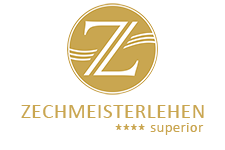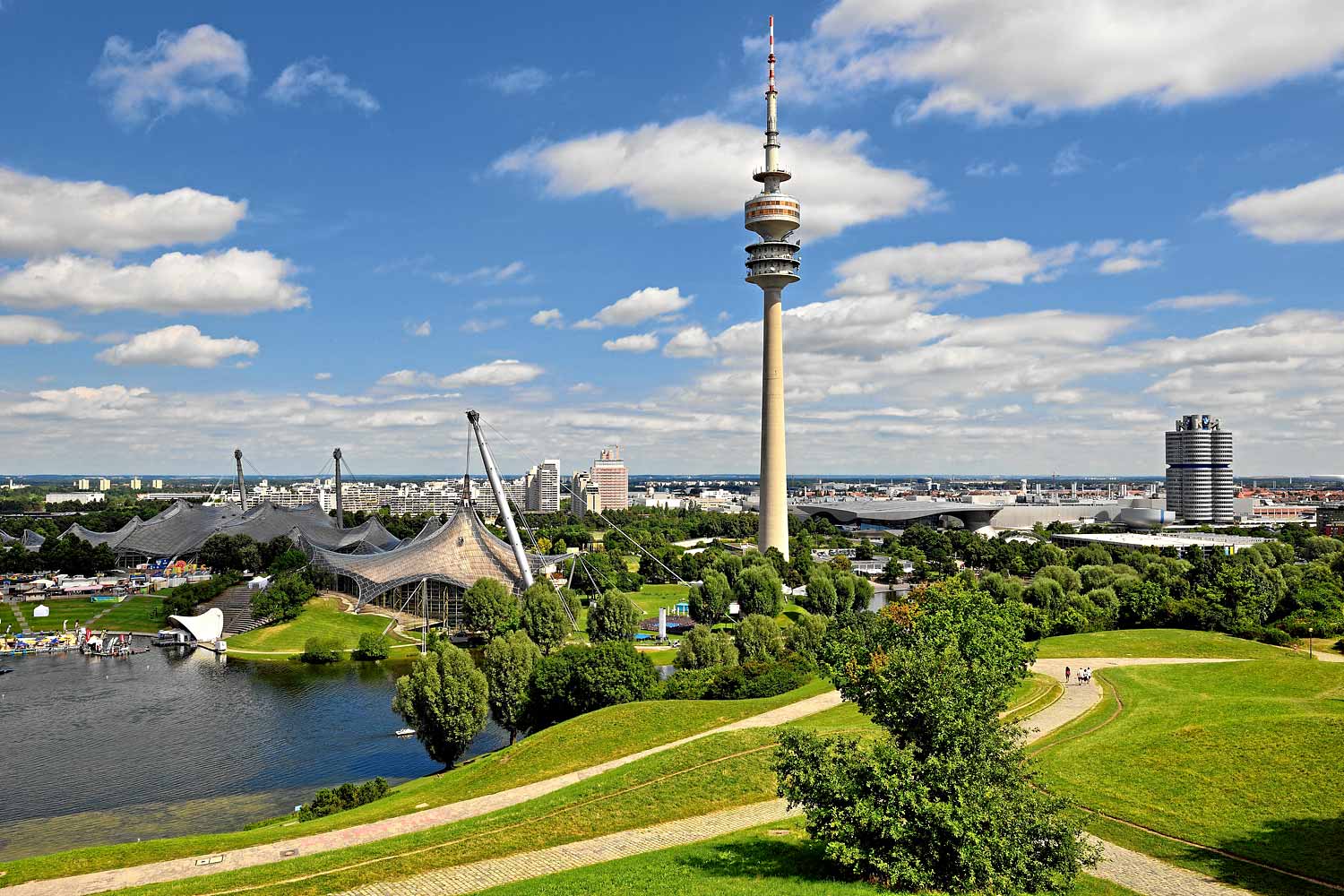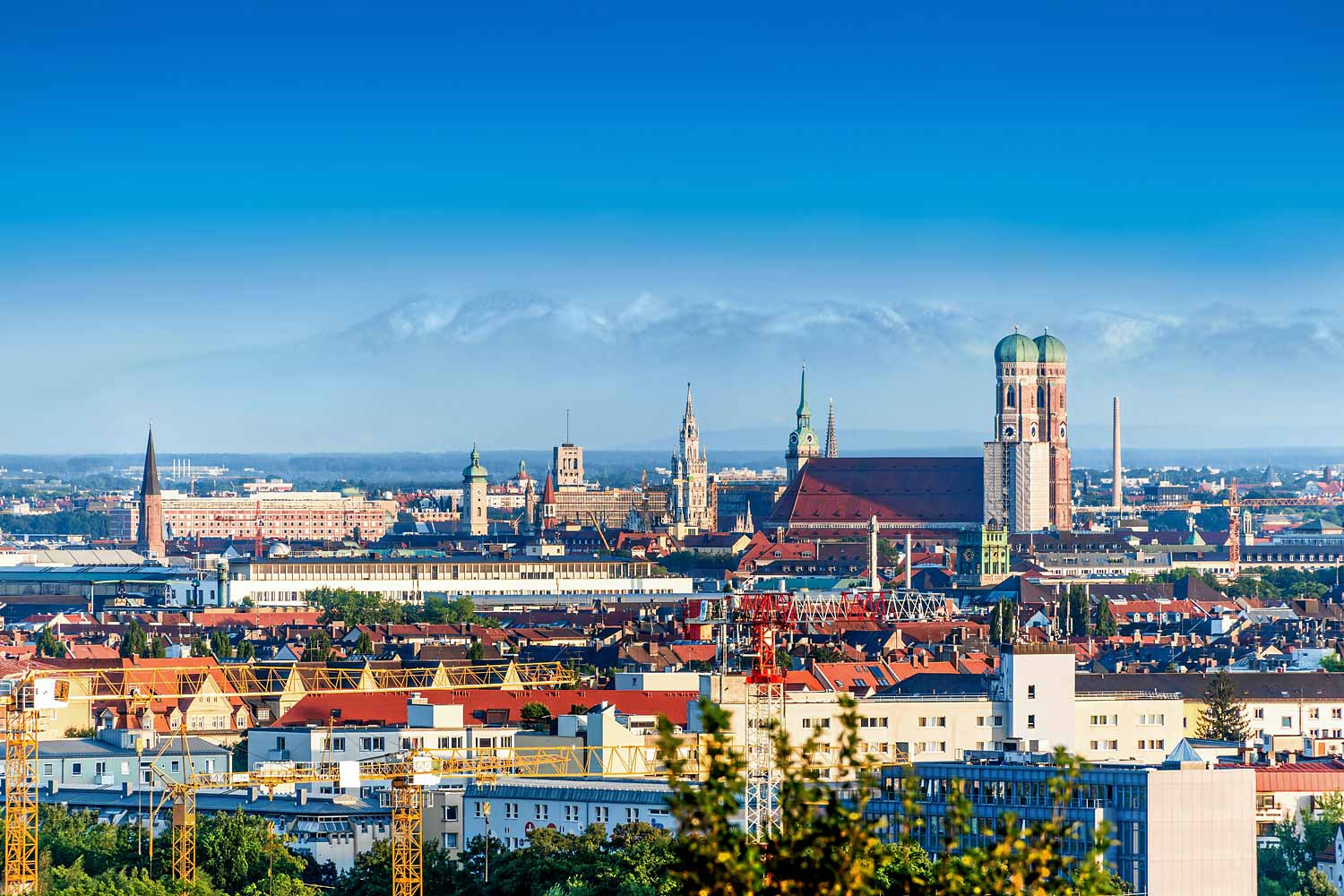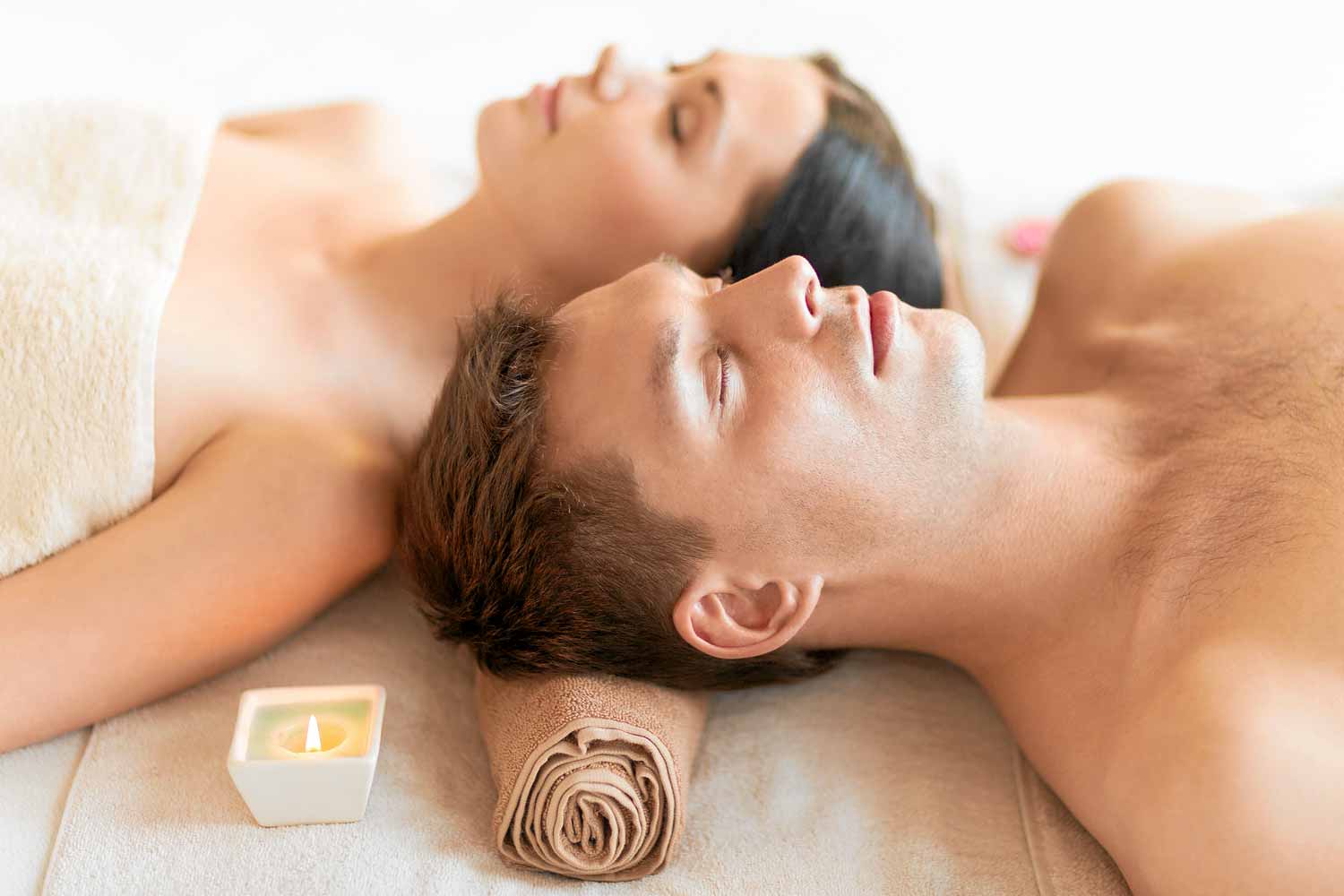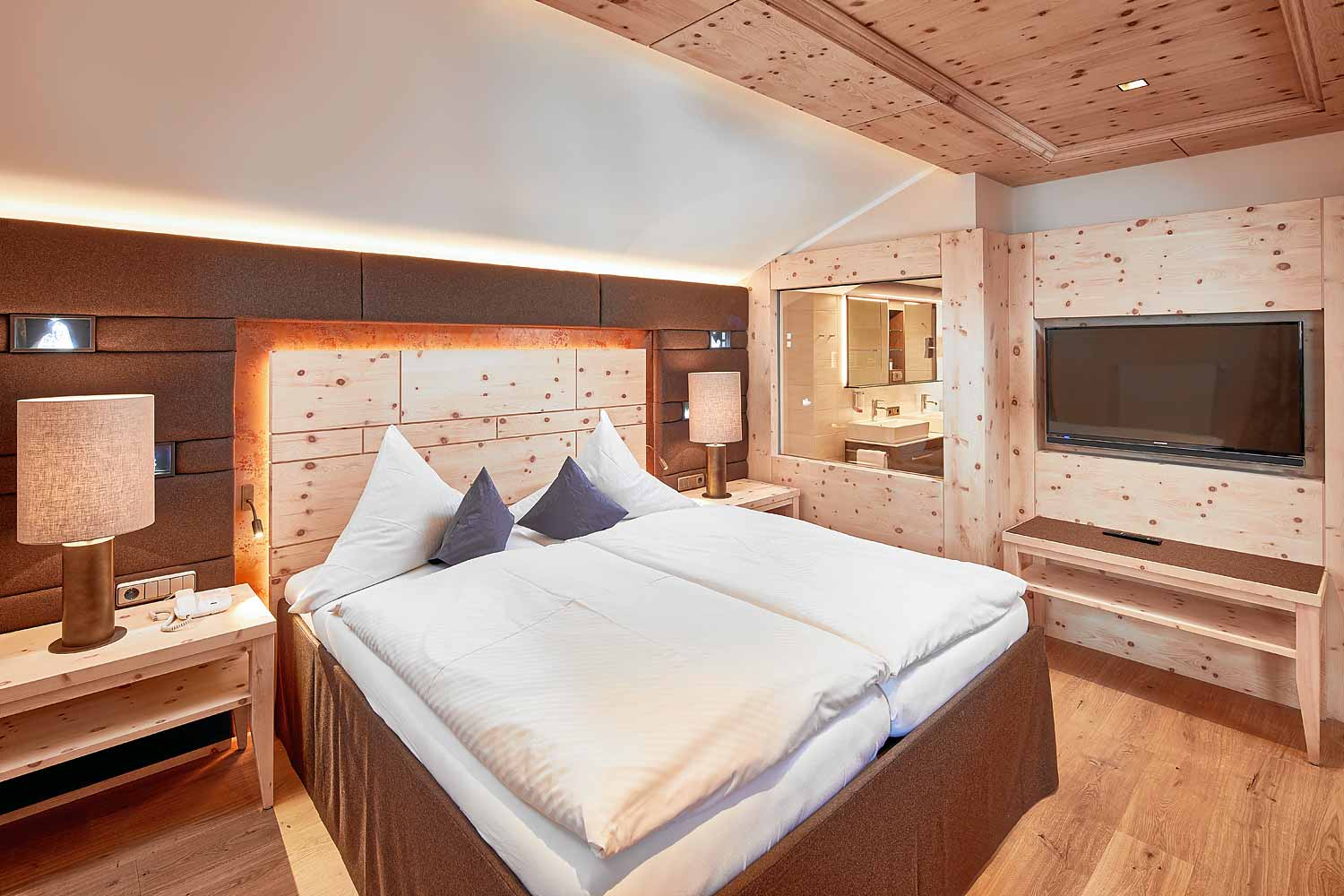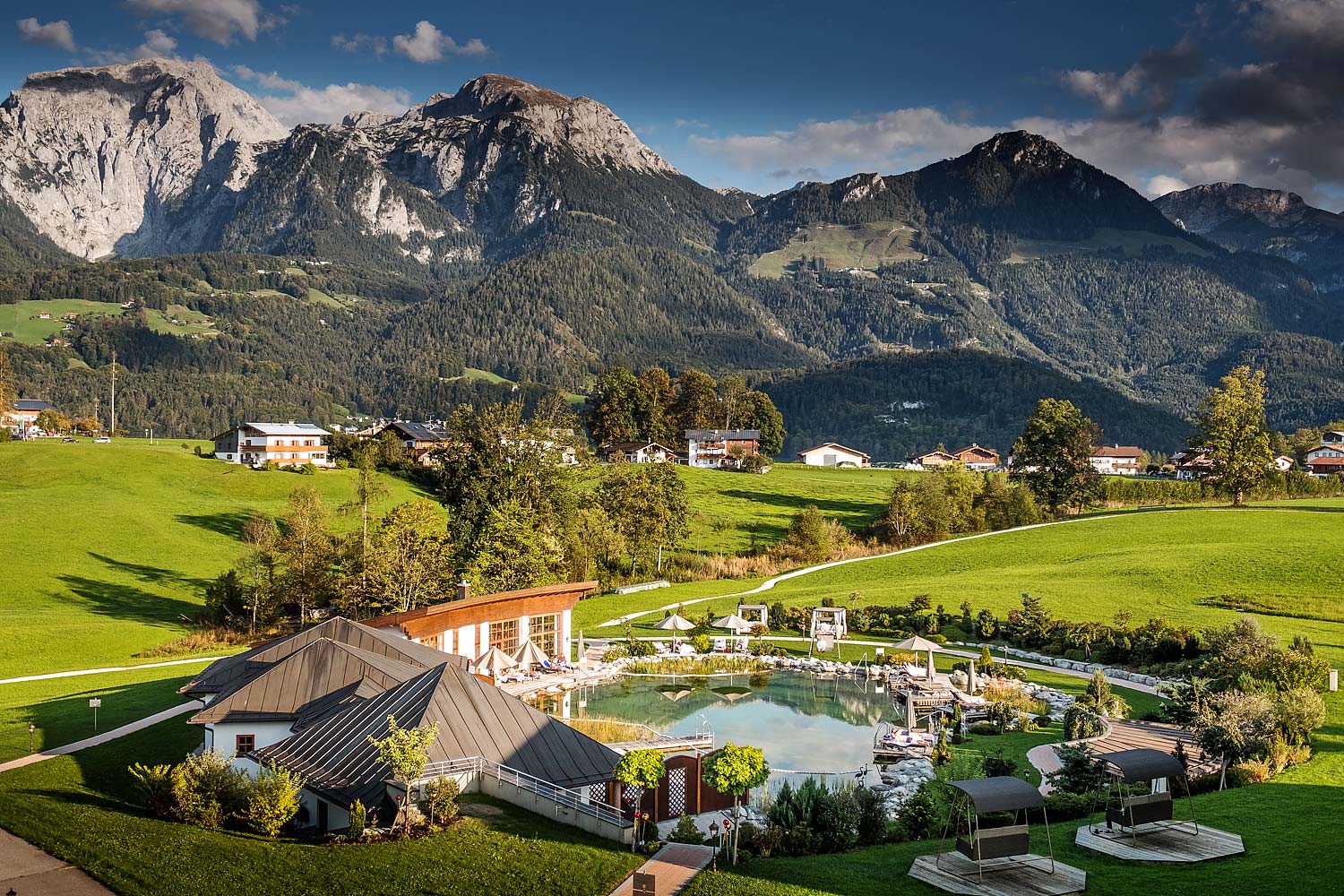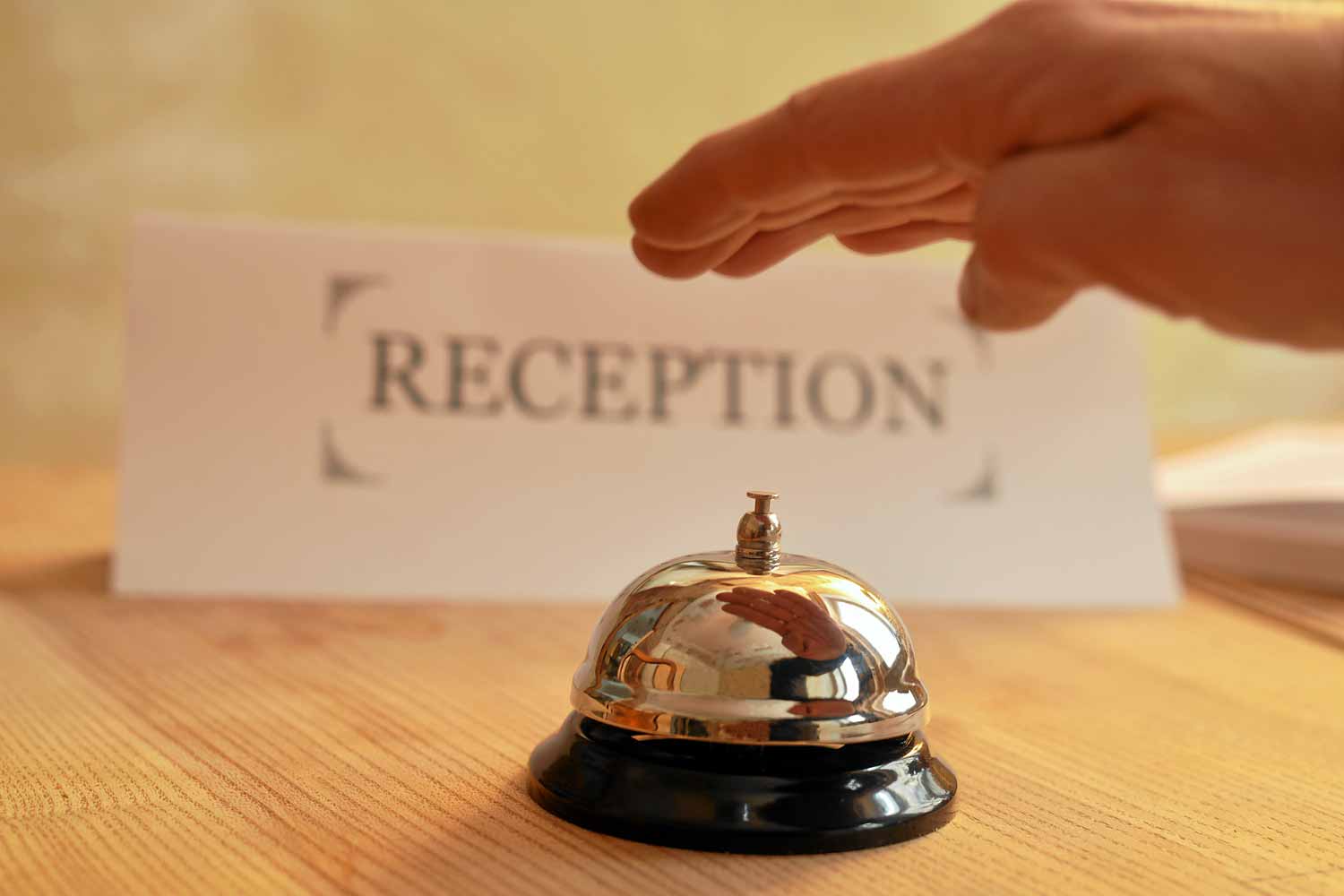Munich – an outing to the state capital
With its approx 1,35 million inhabitants, the state capital is the largest city in the free state of Bavaria and the third-largest in Germany. Since the Olympics in 1972, Munich has a well-developped public transport system. Since parking place in the city centre are rare and expensve, it is highly recommended to use these public transport facilities. Munich is a shopping paradise, from large department stores to small boutiques and from interesting markets with food or art to souvenir shops, everything is offered. The first stop is the pedestrian zone in the Neuhauser Straße / Kaufinger Straße between the Marienplatz and Stachus (Karlsplatz).
The Marienplatz is the central of square of Munich. The centerpiece is the statue of Virgin Mary (Marienstatue), with behind it the neo-Gothic New Munich Town Hall, with its tower in which the beloved carillon plays every day at 11 and 12 am (from March 1 to October at 5 pm as well) . The Karlsplatz/Stachus (laid out in 1791) in front of the Karlstor is the beginning of the pedestrian zone. In formerdays, the Karlsplatz was the busiest traffic square in Europe. The fountain in the centre was built in 1972 and is a popular spot for locals and tourist in summer. From the city fortification of the early 14th century, only the Karlstor with its two towers in the west of Munich has been prescered, Gabriel van Seidl rebuilt it around the year 1900.
